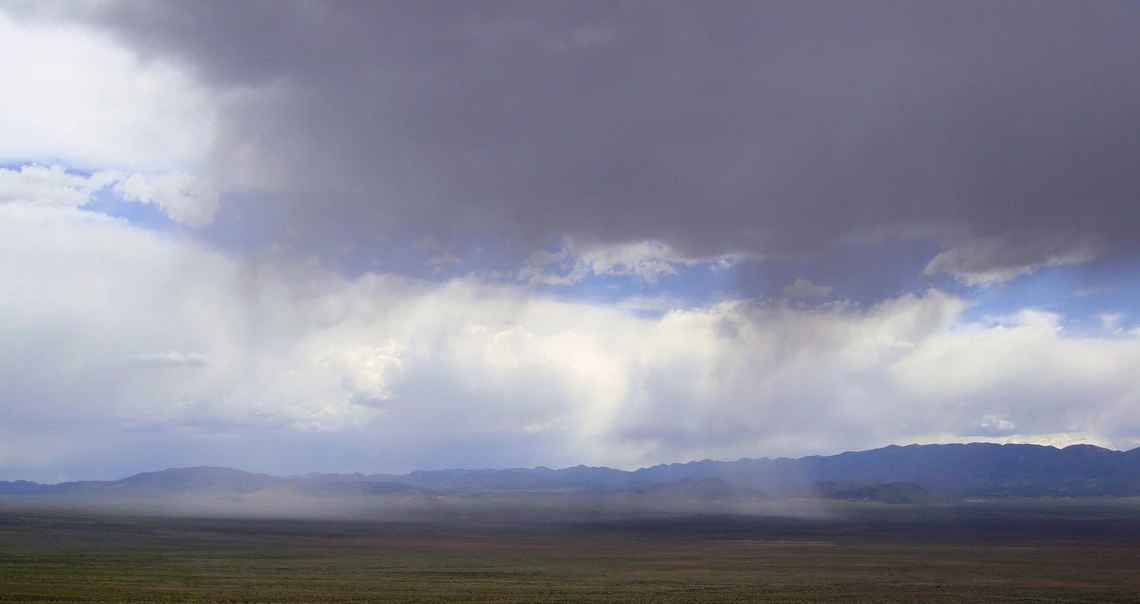
When
Where
Speaker(s)
The North American monsoon (NAM) is a significant summertime feature of climate in the southwestern United States; NAM is an important contributor to total annual precipitation in the Four Corners region. For the northern extent of NAM, an observational spatiotemporal study of this substantial precipitation contributor has been understudied. Little is known about source contributors to NAM in the Four Corners region. Characteristic details about NAM and its relationship to associated water resources can be better understood using oxygen and hydrogen stable isotopes. This study characterized the spatiotemporal variability of NAM precipitation and meteoric waters by examining stable isotopic samples, from 2014 to 2017, collected at 39 precipitation, 185 groundwater well, 7 lake, 25 stream, and 45 spring sites located within the boundaries of the Navajo Nation, in Arizona, New Mexico, and Utah.

Crystal grew up on the Navajo Nation; the vast area where she grew up afforded her the opportunity to be an explorer and scientist at an early age. She obtained Bachelor of Science in Earth and Planetary Sciences and Master of Water Resources with a concentration in Hydroscience from the University of New Mexico. In December, Crystal successfully defended her Ph.D. dissertation in the Department of Geology and Geophysics at the University of Utah.

